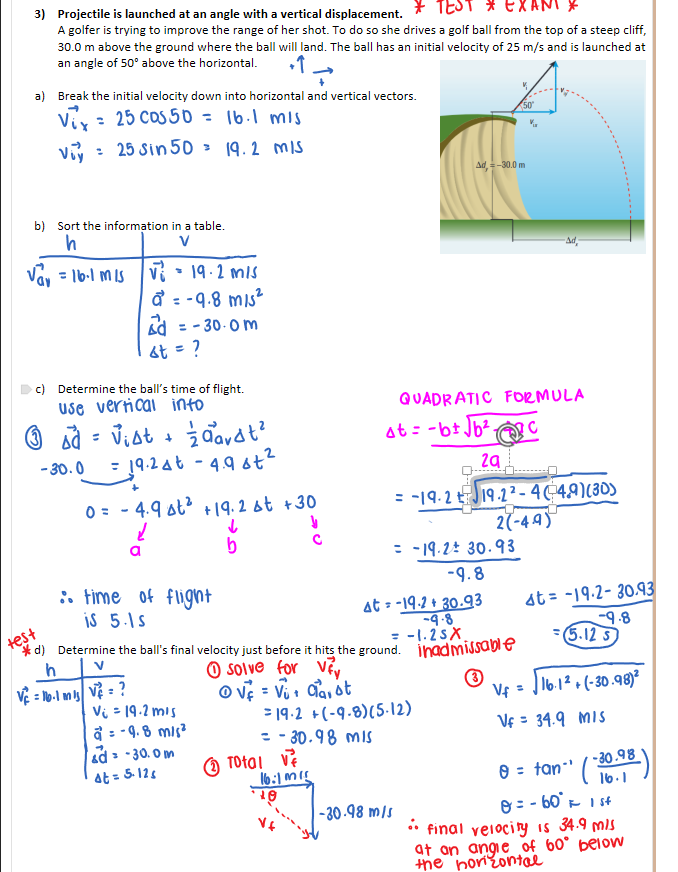Motion
A change in the location of an object, as measured by and observer
Graphs
Position Time
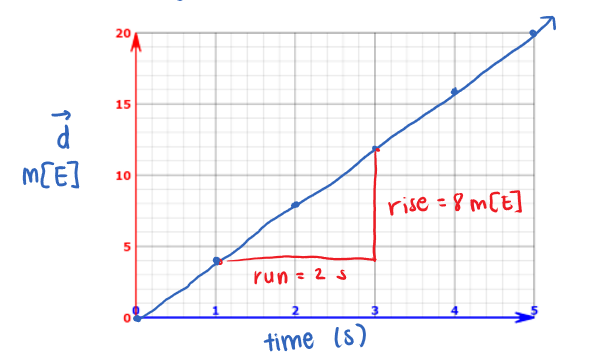 Constant Velocity, where slope is equal to the Velocity
Constant Velocity, where slope is equal to the Velocity
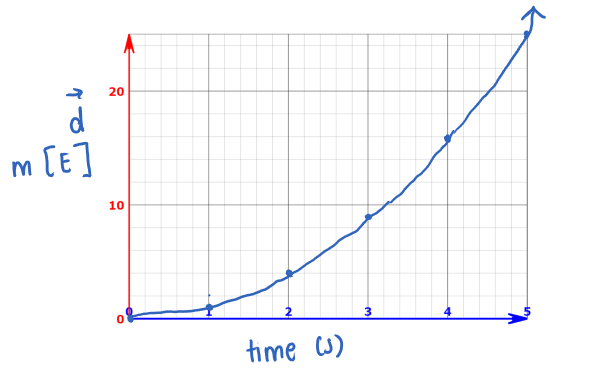 Exponential, Velocity is not constant, meaning it is accelerating.
Exponential, Velocity is not constant, meaning it is accelerating.
Velocity Time
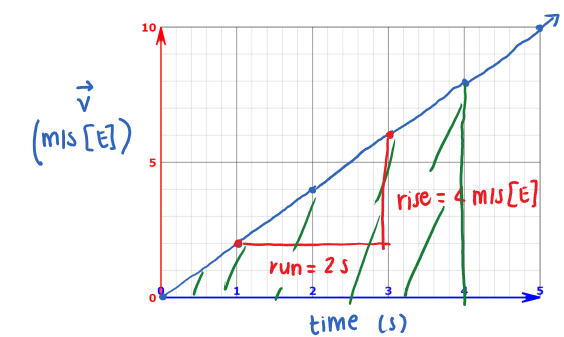 Constant Acceleration. Slope is equal to the Acceleration. The area under the graph during the time interval is Displacement
Constant Acceleration. Slope is equal to the Acceleration. The area under the graph during the time interval is Displacement
Acceleration Time
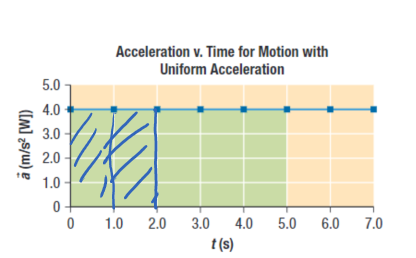 Area under the graph during the time interval is Velocity
Area under the graph during the time interval is Velocity
Motion in two Directions
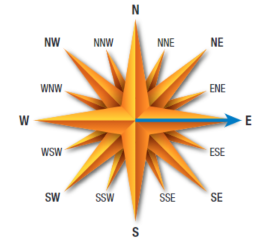 [E 20° N] is the same thing as [N 70° E], the former is preferred.
[E 20° N] is the same thing as [N 70° E], the former is preferred.
Steps
- Find component vectors and take the sum of them
- Find Distance using Pythagorean’s Theorem
- Find angle using SOH CAH TOA
Formulas for Motion in 2 directions
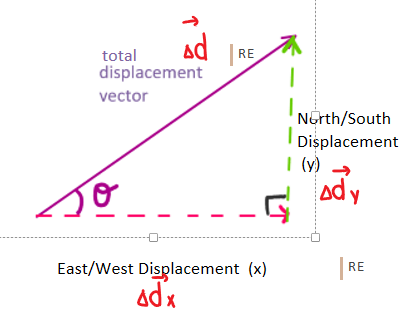
Projectiles
Any object that moves in response to Gravity along a two-dimensional curved trajectory
Key Details
- Horizontal and vertical motion are independent.
- Horizontal motion () is constant. Meaning there is no Acceleration.
- Vertical Motion (, ) is not constant. There is Acceleration due to gravity.
When Problem-Solving
| Horizontal Motion (x) | Vertical Motion (y) |
|---|---|
| is the same for both horizontal and vertical motion |
IMPORTANT
You must set which directions are positive
When the projectile is lauched Horizontally

When the projectile is launched with no vertical displacement
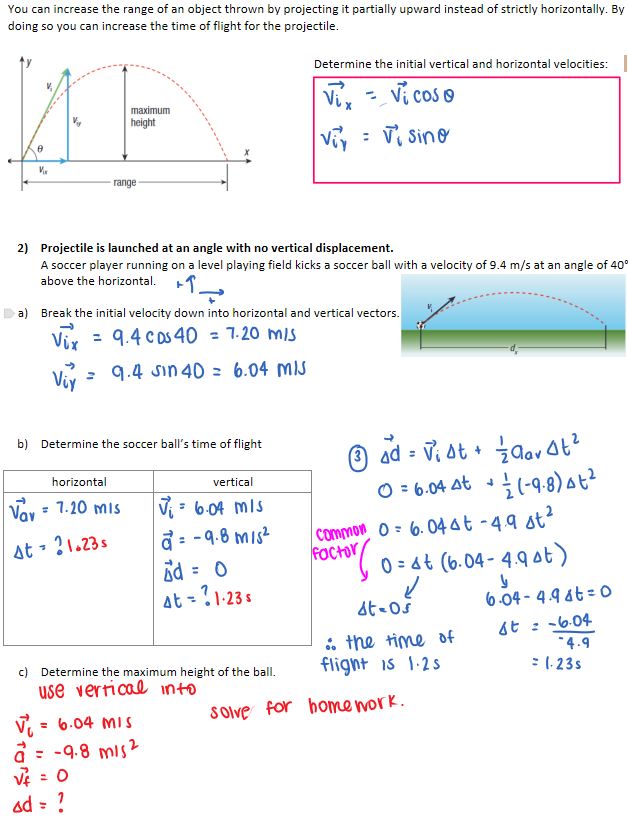
When the projectile is launched with vertical displacement EXAM QUESTION
